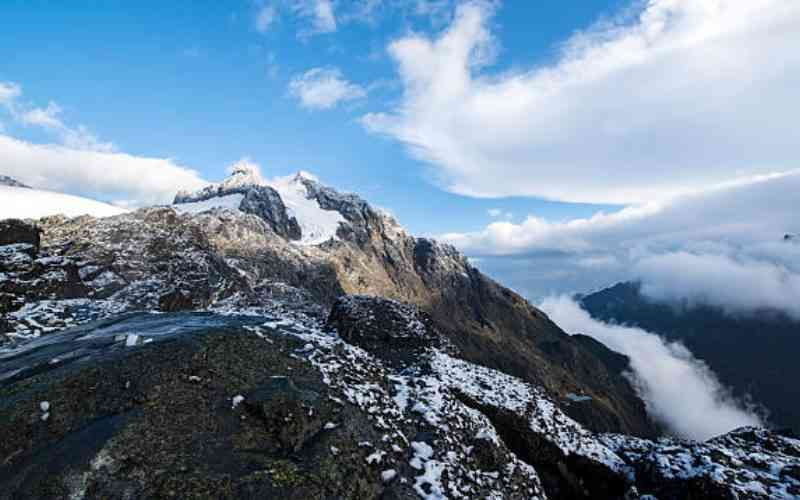×
The Standard e-Paper
Kenya's Bold Newspaper

When Dr Ludwig Siefert arrived in Uganda from Germany in the 1990s, he could see and even take photos of snowy caps of the Ruwenzori Mountains.
A giant sheet of ice had fully covered the iconic and majestic mountain on the border between Uganda and the Democratic Republic of Congo (DRC).